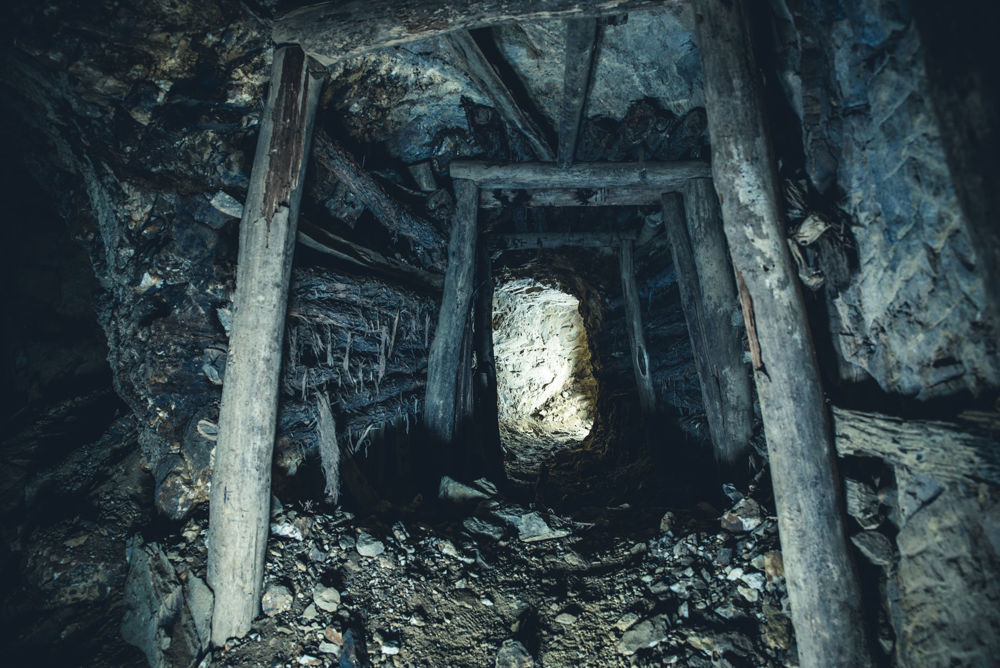What are All-in Sustaining Costs (AISC) for Gold?
Posted on July 08, 2021
Mining precious metals is an expensive endeavor. To maintain profitability, miners must utilize their resources to extract as much
gold, silver, and other metals from the ground as possible. One way to determine how much metal a miner attempts to extract on a yearly basis comes down to their all-in sustaining costs (AISCs).
What are AISCs?
All-in sustaining costs — or AISCs for short — are used by gold miners to determine the full costs of the mining process. AISCs are represented by the following formula:
AISC = Cash Costs + Sustaining Capital + Exploration Expenses + G&A Expenses
Recently reported numbers from 2020 show that the AISC for gold production hit a new record, coming in at
$828 per ounce on average. As we will see, this uptick in AISCs helps determine the supply of gold, which can affect gold prices, and in turn, your own coin collection’s value.
A Note on Costs
While miners generally tend to all have the same expenses (equipment, labor, energy, etc.), these costs can vary depending on the location of a miner’s operations. For instance, two mines in different parts of the world could have vastly different costs for labor depending on the going rate for workers in their localities. Additionally, equipment purchased closer to where it is produced will likely be less costly than equipment shipped to another part of the world.
Mining Companies and AISCs

Unlike many industries, there is a finite supply of gold on the planet. With that limited supply, gold miners must be more aware of the
spread or the price difference between the miner’s AISCs and the market price at which it can sell gold. In other industries where there is a theoretically unlimited (or renewable) supply of goods that can be sold, the spread isn’t as important, as producers can just increase their supply to the market as a way to increase their profits. But miners deal with a finite supply of precious metals that is increasingly hard to get to, making the spread an essential factor in production.
Miners use the calculated
breakeven price to determine at what price of gold their revenue generated from mining would cover all of the costs associated with mining. However, as we all know, companies aren’t in the business of just breaking even, and they instead seek to maximize their profits in any way possible. In summary, miners use their breakeven price to determine at what point it makes sense to continue mining and seek to maximize the spread to profit from their production.
How Does This Affect Gold Supply?
Let’s see how a change in AISCs affects miner production, and in turn, gold supply:
- AISCs rise → the cost to mine is more expensive → miners slow down production → the new supply of gold on the market shrinks → traders/collectors/dealers have less gold supply to work with → the price of gold goes up, due to demand
- AISCs fall → the cost of mining is less expensive → miners increase production to take advantage of increased profits → there is an influx of new gold on the market → traders/collectors/dealers can choose from more gold supply → the price of gold does down, due to supply
Generally, as supply changes, so do prices (assuming that the demand for gold stays the same). But keep in mind that a change in AISCs might not really affect the gold supply for months or years down the line, as it takes miners time to ramp up or decline their production. Additionally, it can take 10-20
years to
start a new mine. Therefore, if AISCs rise and the price of gold does not rise to support the change, there can be decades of low gold supply on the market.
A real-world example of this relationship can be seen in a
study completed in 2019 by Leagold Mining. The company conducted a feasibility study to help decide whether or not to expand its mining operations in Mexico. The company’s research presents hypothetical scenarios that describe how when AISCs fall, increased production is profitable, but should AISCs rise, this profitability begins to decline.
Are AISCs Used in Other Precious Metals?
AISCs aren’t just a factor in gold mining; they are a vital component of mining other precious metals as well. The aforementioned changes in gold production, supply, and price are all applicable to metals outside of the gold market.
AISCs play a role in the mining of:
Just as with gold, you can refer to the previous section to gain insight into how AISCs for these precious metals will affect their supply on the market.
Why You Should Care
As a calculation of miner expenses, on the surface, AISCs might not seem so exciting. But as we previously discussed, AISCs are an essential factor that affects the capacity of miners and, along with it, the supply of gold on the market. When gold supply tightens and there is less gold on the market, your own collection of gold will likely become more valuable. But should AISCs decline, miners may increase their production so long as they can stay profitable, and the supply of gold will likely increase, thus negatively affecting the price.
All this is to say that AISCs are an essential factor in the gold mining process, which, as we have seen, has significant ramifications that trickle down all the way to you, the gold collector or investor. So if you want to stay ahead of the market and have an eye toward the future, keep track of all-in sustaining costs.

 Unlike many industries, there is a finite supply of gold on the planet. With that limited supply, gold miners must be more aware of the spread or the price difference between the miner’s AISCs and the market price at which it can sell gold. In other industries where there is a theoretically unlimited (or renewable) supply of goods that can be sold, the spread isn’t as important, as producers can just increase their supply to the market as a way to increase their profits. But miners deal with a finite supply of precious metals that is increasingly hard to get to, making the spread an essential factor in production.
Miners use the calculated breakeven price to determine at what price of gold their revenue generated from mining would cover all of the costs associated with mining. However, as we all know, companies aren’t in the business of just breaking even, and they instead seek to maximize their profits in any way possible. In summary, miners use their breakeven price to determine at what point it makes sense to continue mining and seek to maximize the spread to profit from their production.
Unlike many industries, there is a finite supply of gold on the planet. With that limited supply, gold miners must be more aware of the spread or the price difference between the miner’s AISCs and the market price at which it can sell gold. In other industries where there is a theoretically unlimited (or renewable) supply of goods that can be sold, the spread isn’t as important, as producers can just increase their supply to the market as a way to increase their profits. But miners deal with a finite supply of precious metals that is increasingly hard to get to, making the spread an essential factor in production.
Miners use the calculated breakeven price to determine at what price of gold their revenue generated from mining would cover all of the costs associated with mining. However, as we all know, companies aren’t in the business of just breaking even, and they instead seek to maximize their profits in any way possible. In summary, miners use their breakeven price to determine at what point it makes sense to continue mining and seek to maximize the spread to profit from their production.